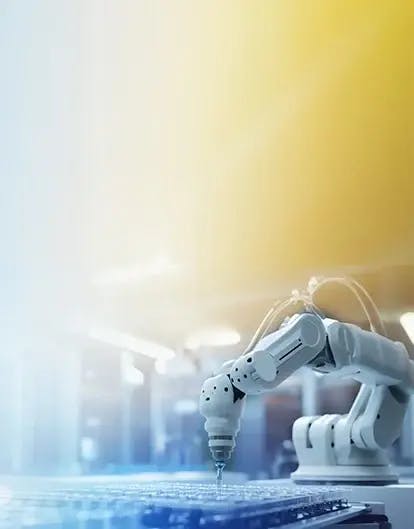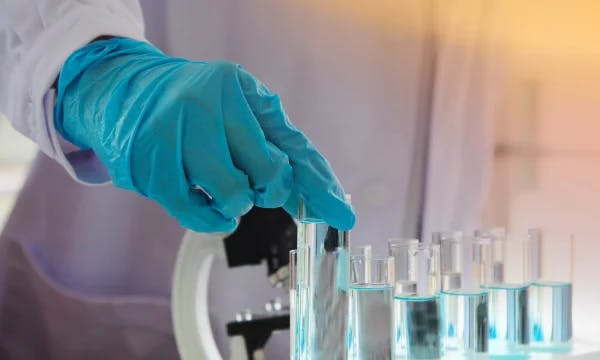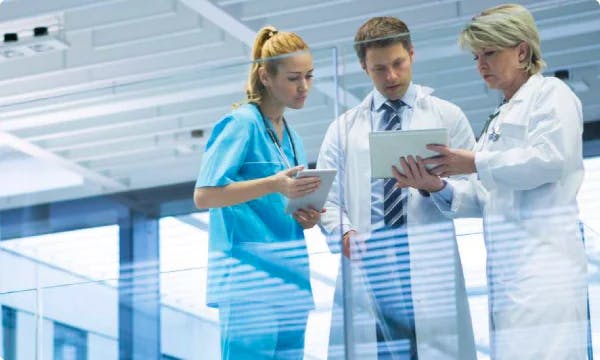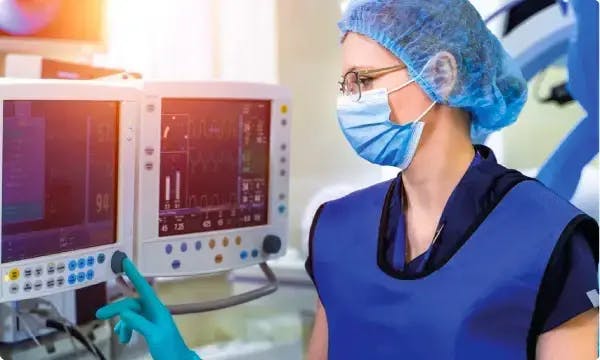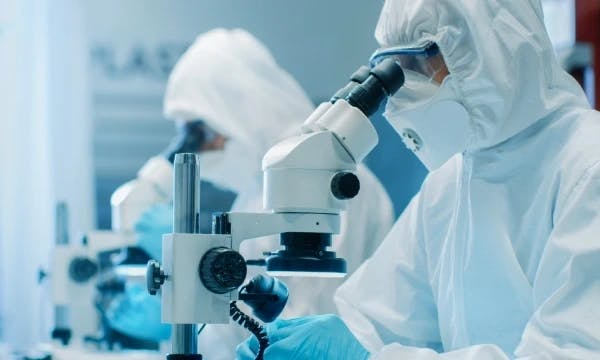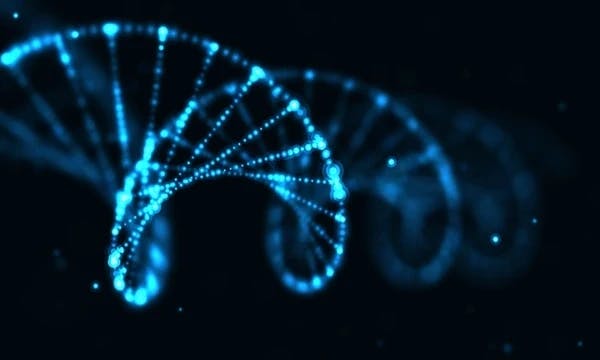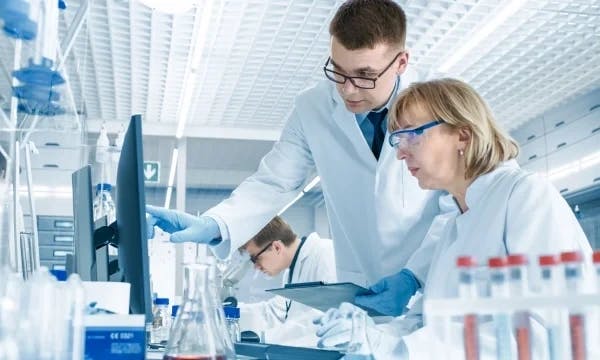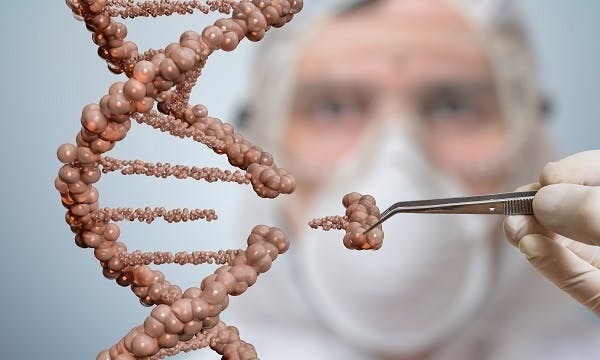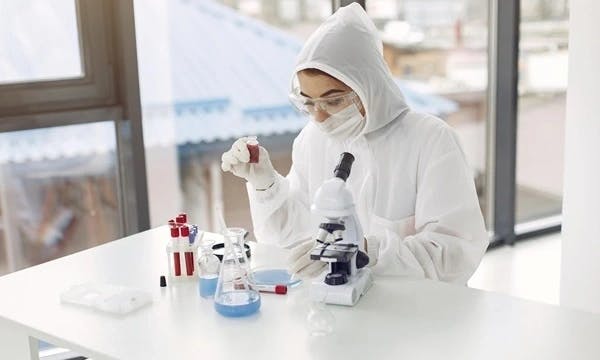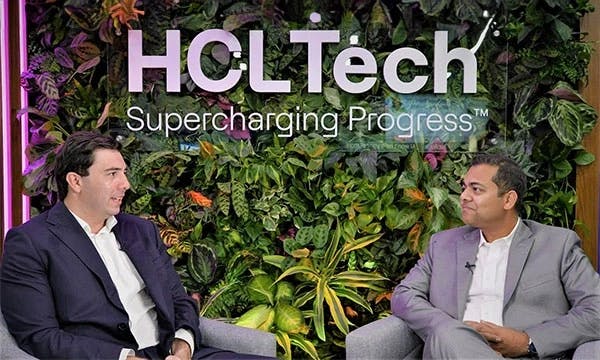Tech Drives Patient Care Forward
Personalized healthcare. New care delivery options. Ongoing cost pressures against the ever-changing regulatory framework.
Technology is transforming healthcare like never before.
Technological advancements such as telemedicine and AI-driven diagnostics are transforming patient care and disease detection. Genomic research holds promise for personalized medicine while biotechnology can lead to novel therapies.
However, the challenges of affordability, access and data security persist.
Talk to us about modernizing your digital environments and optimizing disparate systems, processes and people.

We think these topics might interest you
Your Transformation Partner to Help You Reimagine Healthcare
For over 20 years, HCLTech has been a transformation partner for leading and emerging life sciences and healthcare enterprises — always committed to driving unparalleled healthcare experiences across the value chain through:
- Creating unique patient experiences by leveraging domain-specific experience
- Deploying next-gen technology and digital expertise to address the specific needs of life sciences and healthcare
- Meeting the unique regulatory and compliance guidelines for the industry
Empower your life sciences and healthcare enterprise with innovative and industry-leading solutions to grow and transform at scale.
Life sciences companies are our clients
Leading healthcare companies are our clients
Life sciences and healthcare clients around the world
People dedicated to life sciences and healthcare solutions
Success Stories in Life Sciences and Healthcare
Discover how HCLTech helps companies like yours become ready for anything.
Making a Name Among Analysts
HCLTech recognized as a Leader in Everest Group’s Healthcare Data, Analytics and AI Services PEAK Matrix® Assessment 2025
Learn moreHCLTech recognized as a Leader in Everest Group’s Life Sciences Digital Services PEAK Matrix® Assessment 2025
Learn more2023 ISG Provider Lens™ Healthcare Digital Services HCLTech positioned as a Leader by ISG
Learn more2023 Everest Group’s Healthcare Provider Digital Services PEAK Matrix Assessment HCLTech positioned as a Leader by Everest
Learn more2023 Everest Group’s Engineering Services Provider PEAK Matrix Assessment HCLTech positioned as a Leader by Everest
Learn more2022 Everest Group’s Healthcare Payer Digital Services PEAK Matrix Assessment HCLTech positioned as a Leader by Everest
Learn moreExplore Our Latest Insights into Life Sciences and Healthcare


Move Fast. Move Better. Partner with HCLTech.
Take your enterprise to the next level with our life sciences and healthcare solutions.


